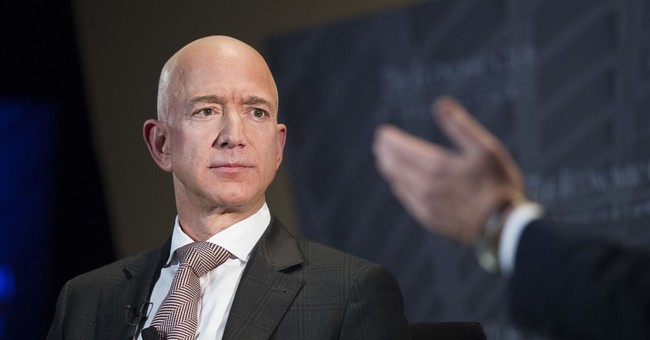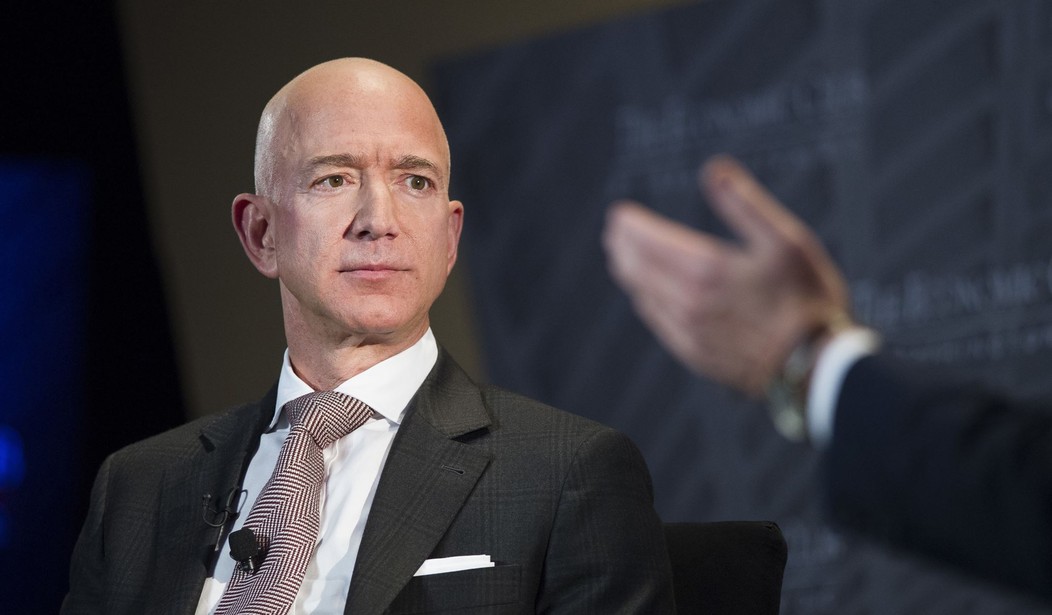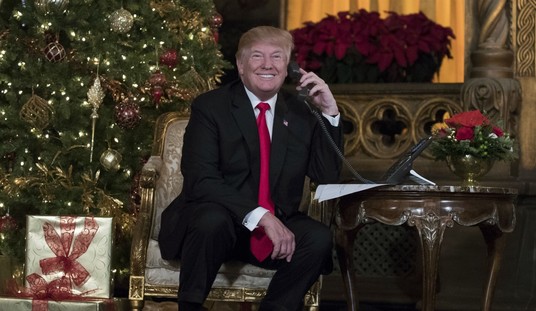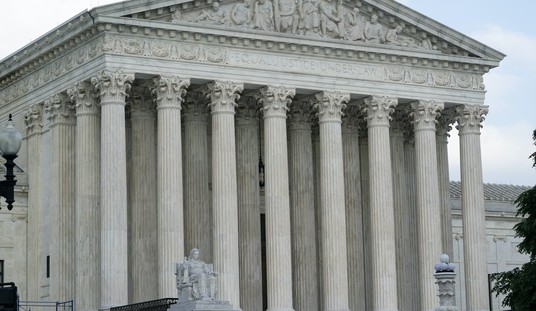
Jeff Bezos, Amazon CEO and Founder, is not really a fan of unions, so much so that he’s currently using heat maps to discern unionization attempts in the 500+ Whole Foods stores (owned by Amazon) located in the U.S. to put a stop to unionization efforts if they exist.
The heat map, according to Verge, “uses more than two dozen different metrics to track which Whole Foods stores may unionize. The heat map focuses on monitoring three main areas: ‘external risks,’ ‘store risks,’ and ‘team member sentiment,’ according to Business Insider.”
Amazon has resisted Whole Foods unionization efforts before — in 2018, the company sent a 45-minute anti-union training video to Whole Foods team leaders that was obtained by Gizmodo. “Throughout, the video claims Amazon prefers a ‘direct management’ structure where employees can bring grievances to their bosses individually, rather than union representation,” according to Gizmodo.
Whole Foods used similar language about direct management in a statement to Business Insider, which it also shared with The Verge. “Whole Foods Market recognizes the rights of our Team Members to decide whether union representation is right for them,” Whole Foods said in the statement. “We agree with the overwhelming majority of our Team Members that a direct relationship with Whole Foods Market and its leadership, where Team Members have open lines of communication and every individual is empowered to share feedback directly with their team leaders, is best.”
Heat maps are, plainly speaking, digital tools that gather information and present it in the form of geographical representations using color-coded keys. Their strength is in presenting complex data containing many variables in a visually understandable way. Bezos is using the technology to determine risks as they relate to whether or not Whole Foods locations might be susceptible to unionization attempts. From the Verge report:
Here are some examples of “external risks,” reports Business Insider:
Some of the factors that contribute to external risk scores include local union membership size; distance in miles between the store and the closest union; number of charges filed with the National Labor Relations Board alleging labor-law violations; and a “labor incident tracker,” which logs incidents related to organizing and union activity.
Other external factors include the percentage of families within the store’s zip code that fall below the poverty line and the local unemployment rate.
Here are some examples of “store risks”:
Store-risk metrics include average store compensation, average total store sales, and a “diversity index” that represents the racial and ethnic diversity of every store. Stores at higher risk of unionizing have lower diversity and lower employee compensation, as well as higher total store sales and higher rates of workers’ compensation claims, according to the documents.
And here are some examples of how “team member sentiment” is tracked:
The “sentiment” data is pulled from internal employee surveys and “is likely to be the first score to improve based on your efforts.”
These measures assess employees’ feedback on the quality and safety of their work environment and whether they feel supported and respected, among other things. External risks include things the distance between that Whole Foods store and the closest union, charges filed with the National Labor Relations Board.
It should be noted that left-leaning organizations have made use of the same technology in their organizing efforts, although some predictably differentiate their use of heat maps from what Bezos and Amazon are doing by calling the latter, “surveillance.”
The Black Socialists in America (BSA), for example, have created a “Dual Power Map”, a digital tool originally created to help organisers find and connect with other groups or initiatives building alternative, democratic and anti-capitalist structures or institutions.
Now, at the request of organisers throughout the US, BSA is also using the map to plot where strikes and Covid-related mutual aid efforts have happened, so that people can tap into a wider network of support and coordinate further actions together.
As a small organisation with limited resources and capacity, BSA has been using open, publicly available data collected and aggregated by a range of journalists and grassroots groups to feed into the backend of the Dual Power Map.
“In this particular situation, you’re talking about one thing that’s designed by Leftists for public use and covering efforts that are already out in the open, led by poor and working-class people who want their efforts signal boosted and supported, and another thing that was a secret, private surveillance tool designed by members of the ruling class to stop working-class efforts before they can even begin,” said Z, one of the founders of BSA and its current national coordinator, who has adopted the name to protect their identity.
In the age of COVID-19, where discussion about drone use and public cameras employed to help identify outbreaks has revolved around making sure civil liberties are also being protected, Bezos’ heat map strategy to prevent unionization at Whole Foods could come under scrutiny.













Join the conversation as a VIP Member